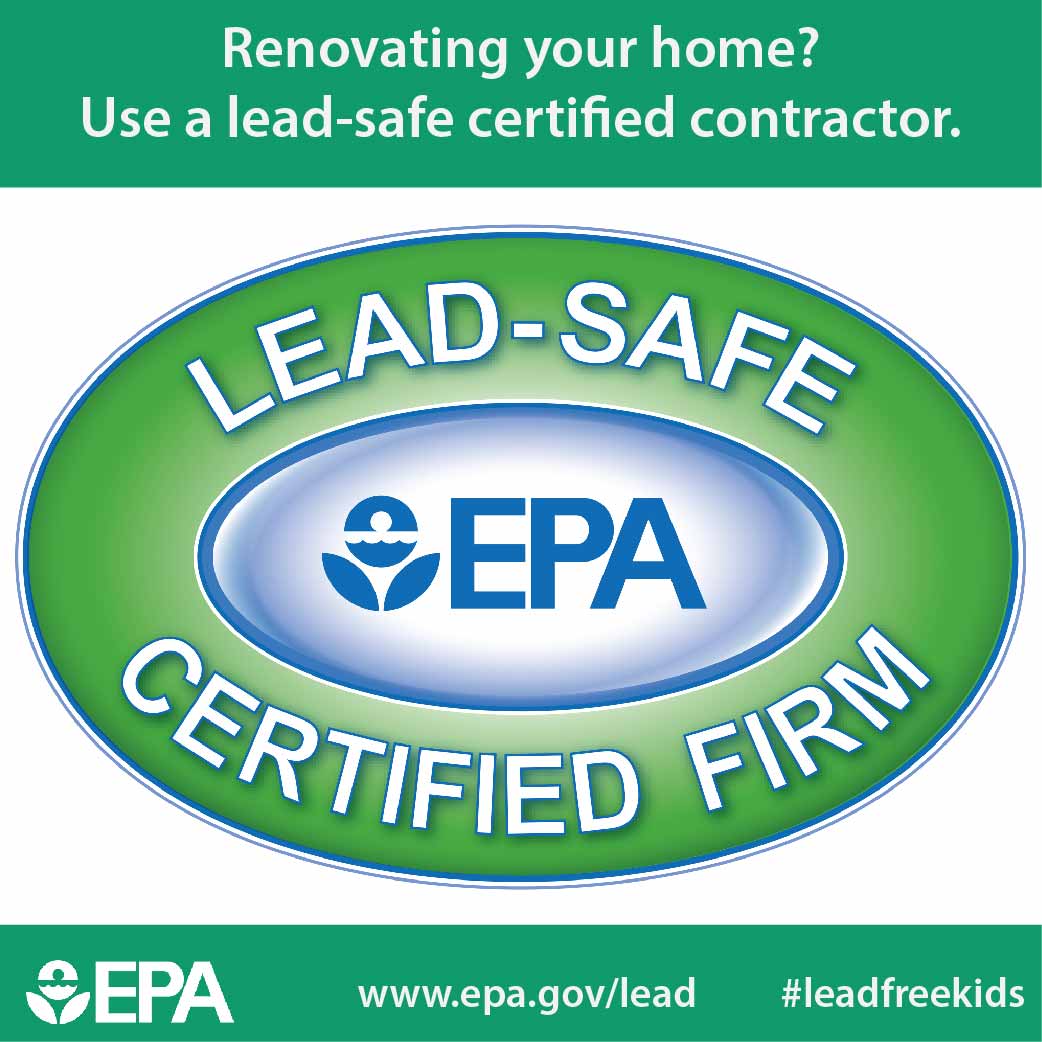Recognizing Seasonal Influences On Commercial Exterior Painting: Necessary Expertise For Success
Recognizing Seasonal Influences On Commercial Exterior Painting: Necessary Expertise For Success
Blog Article
Published By-Regan Skafte
When you're planning a business external paint project, seasonal factors can make or damage your results. You'll want to think about exactly how temperature and humidity effect paint application and drying times. Picking check here can ensure your paint adheres appropriately and lasts longer. Yet which periods are absolutely the best for this type of job? Allow's check out the crucial elements that can affect your job's success.
The Influence of Temperature on Paint Application
When you're preparing an industrial external painting project, the temperature can substantially impact exactly how well the paint adheres and dries out.
Ideally, you intend to repaint when temperatures range in between 50 ° F and 85 ° F. If it's as well cool, the paint might not heal appropriately, causing issues like peeling or fracturing.
On the flip side, if it's also hot, the paint can dry too quickly, preventing proper adhesion and causing an irregular finish.
You need to also consider the moment of day; early morning or late afternoon provides cooler temperatures, which can be extra positive.
Always inspect the maker's referrals for the details paint you're utilizing, as they typically offer advice on the ideal temperature variety for ideal outcomes.
Humidity and Its Result on Drying Times
Temperature level isn't the only ecological element that influences your commercial external paint project; moisture plays a considerable role also. High moisture levels can reduce drying out times significantly, influencing the total top quality of your paint task.
When the air is filled with wetness, the paint takes longer to heal, which can bring about concerns like poor adhesion and a greater threat of mildew growth. If you're painting on a particularly moist day, be planned for prolonged delay times in between layers.
https://josueqydkp.blogdanica.com/35022695/boosting-your-property-worth-with-commercial-outside-paint to keep track of regional weather conditions and plan as necessary. Ideally, go for humidity degrees in between 40% and 70% for optimal drying out.
Maintaining these factors in mind guarantees your task stays on track and provides a long-term coating.
Best Seasons for Commercial Outside Paint Projects
What's the most effective season for your industrial external painting projects?
exterior painting oklahoma and early fall are typically your best bets. During these seasons, temperature levels are light, and humidity levels are frequently lower, developing optimal problems for paint application and drying.
Stay clear of summer's intense heat, which can cause paint to completely dry also promptly, causing inadequate bond and coating. In a similar way, wintertime's cold temperatures can hinder appropriate drying and healing, running the risk of the long life of your paint job.
Go for days with temperature levels in between 50 ° F and 85 ° F for ideal results. Keep in mind to examine the local weather report for rainfall, as wet problems can ruin your task.
Preparation around these aspects ensures your paint project runs smoothly and lasts much longer.
Final thought
In conclusion, intending your industrial external painting tasks around seasonal considerations can make a considerable distinction in the end result. By organizing work during the suitable temperature levels and humidity degrees, you'll ensure much better attachment and drying out times. Keep in mind to keep an eye on regional weather forecasts and choose the right time of year-- springtime and very early autumn are your best bets. Taking these steps will certainly help you attain a resilient and specialist surface that lasts.
